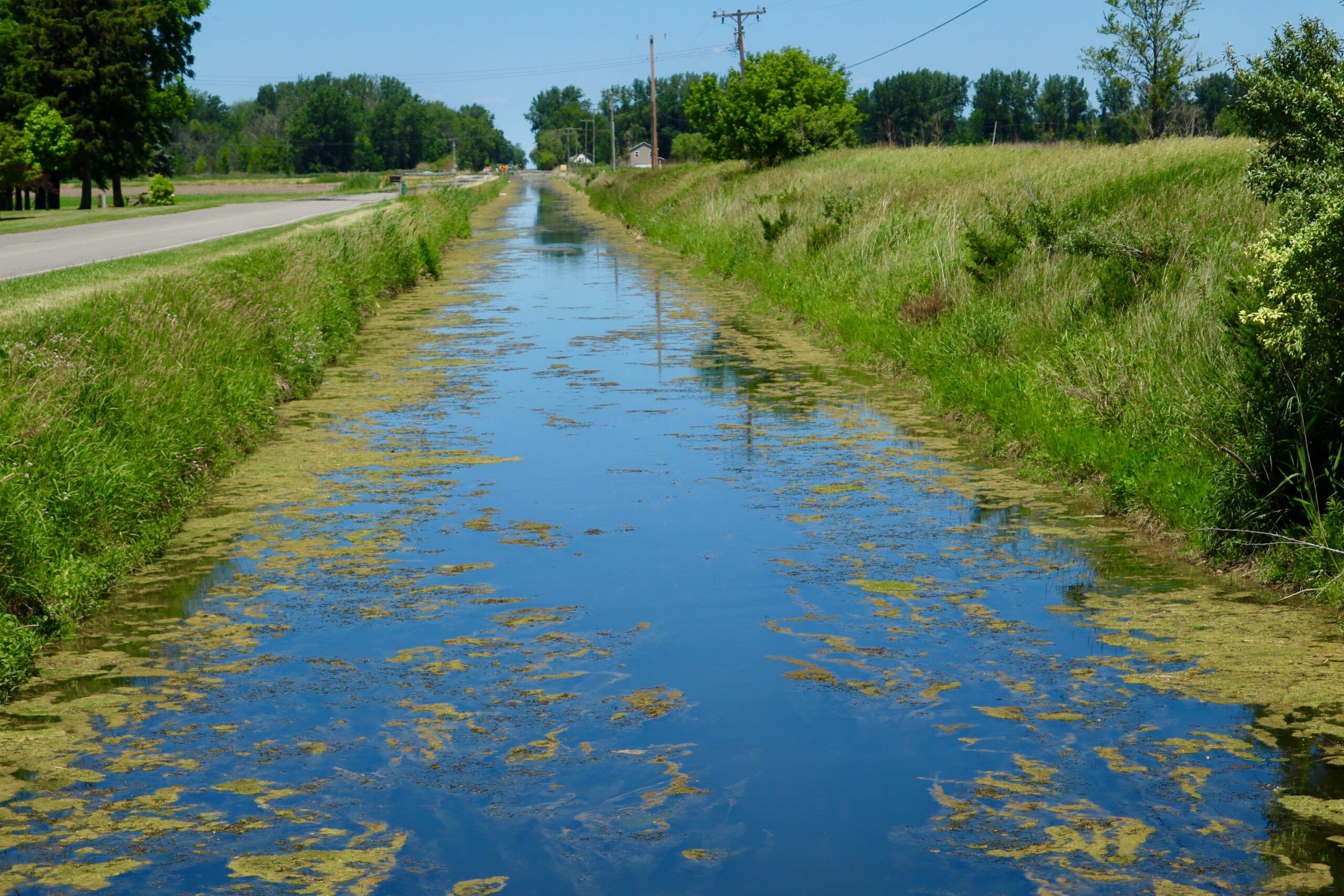
into surface waters and are the primary source of severe pollution across the Great Lakes region and the Corn Belt of the Midwest. (Photo/Keith Schneider)
Earlier this year I was awarded an investigative fellowship from the Alicia Patterson Foundation to pursue the causes and serious consequences of farm-related nutrient pollution in the nine-state Corn Belt at the center of the country. The project, undertaken with the collaboration of Circle of Blue, The New Lede, and The Guardian, builds on what I learned in 2022 reporting for Circle of Blue on phosphorus contamination for “Danger Looms Where Algae Blooms.”
When I started the project reporting a few weeks ago, while studying the relationship between corn production and ethanol, my research immediately directed me to the Inflation Reduction Act, and its tax incentives to promote greenhouse gas-reducing and renewable biofuels. I recognized immediately that meant incentives to grow more corn. And that led to an exclusive report on how a statute intended to produce major gains in environmental safety will lead to even more devastating water pollution in the Midwest, already the most nutrient-contaminated region of the country and one of the most polluted regions of the world.
Passing the Inflation Reduction Act
It’s understandable that President Biden, U.S. environmental organizations, and climate activists were appropriately enthused last summer when Democrats passed the Inflation Reduction Act. Embedded in the new statute are more than $140 billion in direct payments and tax incentives for renewable fuels and cleaner electrical generation to help reduce greenhouse gas emissions 40 percent below 2005 levels by the end of the decade. The statute also includes $19.5 billion for the Department of Agriculture’s new “climate smart†crop production practices.
In the give and take of opinion about the climate provisions of the Inflation Reduction Act, the consensus is that the social benefits of curbing the Earth’s warming easily exceed the financial and social costs.
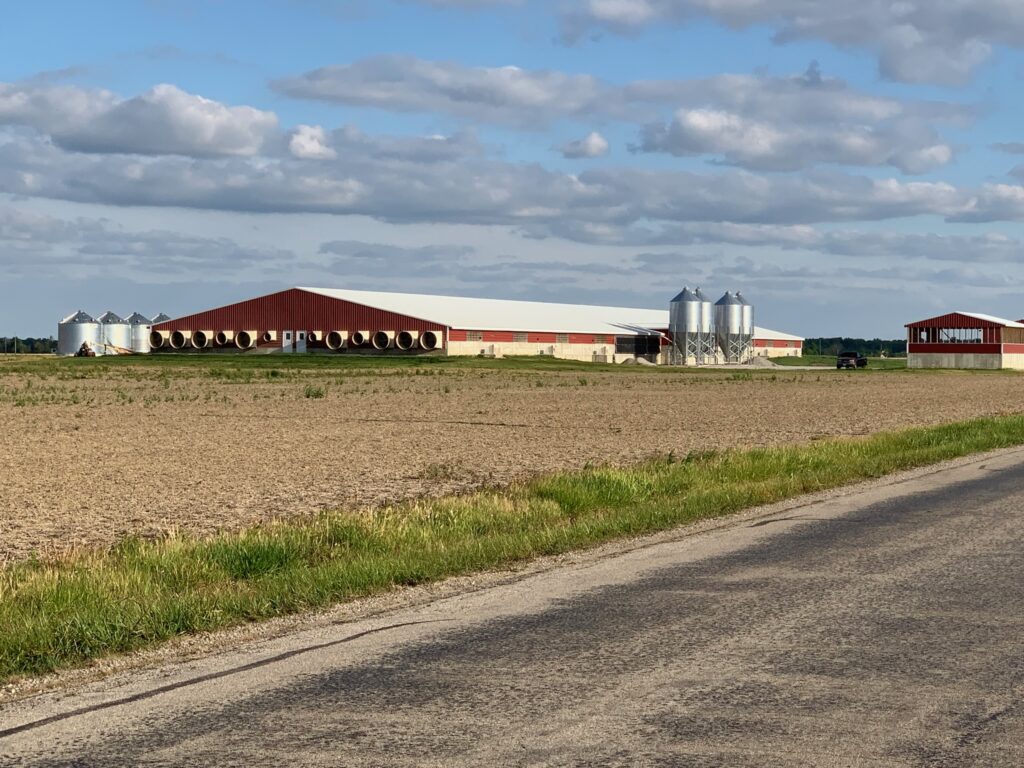
Yet viewed from the frontlines of a water quality emergency that has unfolded in the Heartland, the consensus dissolves in provisions that appear certain to increase the already immense tide of farm-related nutrient pollution draining from the land and contaminating surface and groundwater, especially in the grain, dairy, and meat-producing regions of the Great Lakes states and the Midwest Corn Belt.
Farming-related contaminants already pollute thousands of drinking water wells from Minnesota to Missouri, and virtually every mile of streams and rivers in Iowa is impaired with little regulation to rein in the pollutants. “It’s already a national emergency and a national scandal,” said Emma Schmit, a senior organizer in the Midwest for Food and Water Watch, an environmental advocacy group. “When we test our waterways, the main pollutants are E.coli and nitrates and phosphorus from agriculture. These are pathogens and contaminants that can cause serious issues for people. We’re about to give large corporate farms carte blanche to make it worse.â€
How is it possible that legislation billed as an environmental protection statute ends up as a primary threat to clean water and communities? The answer is this: The law relies on raw materials from two of the most polluting industries in America – corn production, and industrialized livestock operations that fatten millions of beef cattle, cows, hogs, and chickens for consumer appetites.
Among the most costly provisions of the Inflation Reduction Act are practices that support three key agricultural efforts: The production of more ethanol from corn; the capture of carbon dioxide, especially from ethanol refineries; and moves to produce electricity and transportation fuel from methane by capturing emissions from manure digesters installed at massive livestock and poultry operations.
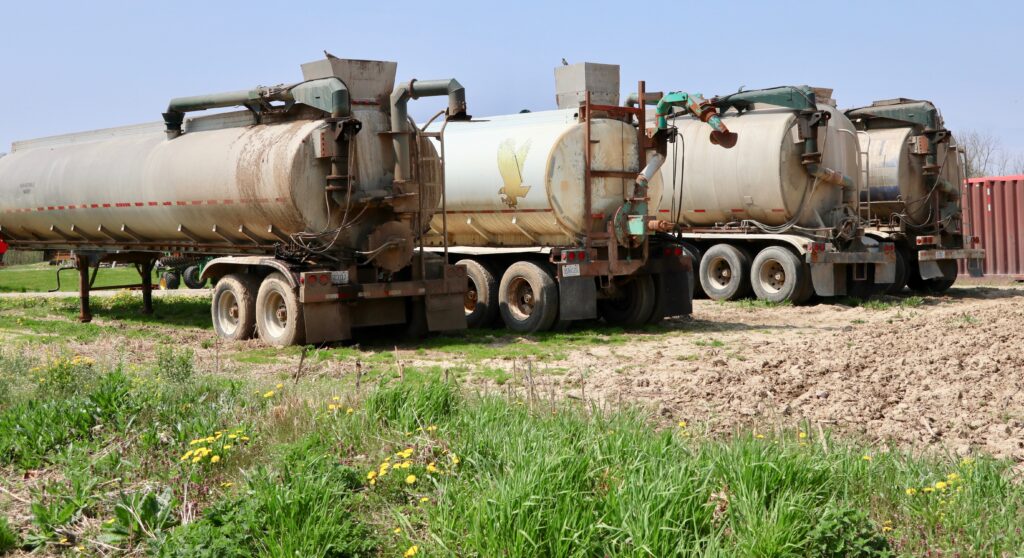
Manure is a prime source of water contamination that pollutes Lake Erie. (Phoyo/Keith Schneider)
Center of Industrial Policy
In effect, those provisions of the Inflation Reduction Act put agriculture in a place it’s been slowly approaching for decades: at the very center of the nation’s industrial policy for developing energy for electrical generation and transportation.
The incentive for more corn production is particularly worrisome as farmers typically make heavy use of nitrogen fertilizers when growing corn, said Chris Jones, a research engineer and water quality specialist at the University of Iowa.
“Anytime we incentivize production of a nutrient hungry crop you’re going to get nutrient pollution,†Jones said. “Corn loses a lot of nutrients to the environment. We know that for a certainty. We’re incentivizing further production. We’re going to get more pollution. You don’t need to be a genius to know that.â€
Corn is the most heavily fertilized row crop in America, accounting for 11 billion pounds of commercial nitrogen fertilizer applied to farmland annually, with 9 of the 11 billion pounds applied in the Midwest, according to the USDA. State and federal research shows that up to 70% of applied nitrogen is not taken up by the growing plant, and runs off the land and into streams, rivers, and groundwater.
Agricultural nutrient pollution is the primary reason that the Clean Water Act has not come close to meeting its “fishable and swimmable†goal for US surface waters.
Making Water Pollution Worse
The country’s large livestock operations, also primarily centered in the Midwest, produce hundreds of billions of gallons of untreated liquid manure and tens of millions of tons of solid manure that are spread with scant oversight on farmland. Manure contains nitrogen, phosphorus, and dangerous pathogens that drain from the land and contaminate waters at the center of the country.
The law’s support for the expansion of cattle, large dairies, hog, and poultry feeding operations is equally as problematic.
In 2016, the U.S. Environmental Protection Agency identified phosphorus and nitrogen discharges from U.S. farmland as “the single greatest challenge to our nation’s water quality.†Because of waivers written into the Clean Water Act, which last year marked its 50th anniversary, nutrient runoff from farms and smaller livestock operations are completely unregulated. Large livestock operators, meanwhile, are given broad discretion by states for managing and spreading manure. Congress required no additional safeguards for water in the Inflation Reduction Act.
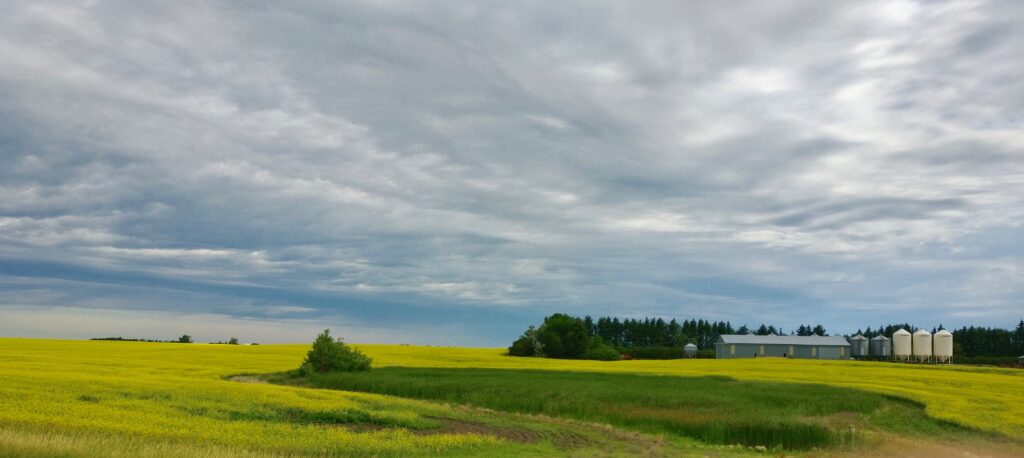
and manure on cropland like this in North Dakota. It’s about to get worse. (Photo/Keith Schneider)
In other words, for millions of Americans in the Heartland already contending with dirty water, the new law will make the country’s most severe surface and groundwater pollution worse, according to water quality specialists. Probably a lot worse.
“It’s going to end up in the water,†Rebecca Ohrtman, a water quality specialist from Iowa, said of the contaminates from what are commonly called “confined animal feeding operations (CAFOs). Ohrtman spent much of her career as water protection coordinator with the Iowa Department of Natural Resources and the Iowa Department of Agriculture and Land Stewardship. “I can’t believe they’re going to provide all this funding with no strings attached.â€
The U.S. Department of Agriculture did not respond to questions raised about the effects of the new statute on water pollution. Corn and livestock industry executives did not respond to interview requests.
In approving the Inflation Reduction Act, neither the Biden administration nor Congress wholly ignored the risk to water. The law enables the U.S.D.A. to fund its $19.5 billion climate smart program to “ improve soil carbon, reduce nitrogen losses, or reduce, capture, avoid, or sequester carbon dioxide, methane, or nitrous oxide emissions, associated with agricultural production.â€
The statute also provides $18 billion for existing, decades old conservation programs. “The Inflation Reduction Act provides major incentives for a broad range of different practices and strategies for managing nutrients, guarding water quality, and keeping carbon in the soil,†Senator Debbie Stabenow, the Michigan Democrat and chairwoman of the Senate Agriculture Committee, said in an interview. “There are a lot of strategies that work but there are not enough farmers participating because there hasn’t been enough money to fund all the requests.â€
Whether that is the case will be tested this year. The climate smart program includes the largest investment ever made by the federal government in environmentally-sensitive organic and sustainable farm practices. But that $300 million investment applies to just 19 projects in the Midwest, and a few thousand acres of the more than 100 million acres of cropland in the Corn Belt and Great Lakes States.
The bulk of the USDA “climate smart†and conservation programs support voluntary “best management practices†that include not plowing before planting, raising cover crops, and planting buffer strips to soak up excess nutrients. But best management practices, initially designed to control soil erosion, have displayed scant usefulness in reducing phosphorus in streams in the Great Lakes states.
These best management practices have never been especially popular with corn growers and livestock producers in the 9-state Corn Belt from the Dakotas to Missouri. Just 2.2 million of Iowa’s 30 million acres of farmland, for example, were planted in cover crops, according to the most recent analysis by the state Department of Agriculture.
Of much greater importance to crop and livestock producers are tax incentives directed at renewable fuels and carbon sequestration. The Biden administration proposes to increase ethanol production from 15 billion gallons currently to 21 billion gallons this year, and 23 billion gallons by 2025. In addition, the administration just released a national energy strategy that calls for ethanol to be a primary feedstock for producing 35 billion gallons of “sustainable†fuel by mid-century for the world’s airlines.
Though the $1.01 per gallon tax credit is a win for corn and ethanol producers, the administration’s plan for ethanol is a big problem for water. Basic arithmetic explains why. With contemporary crop yields it requires 360 million bushels of corn to produce 1 billion gallons of ethanol. Those bushels are raised on roughly 2 million acres.
Corn farmers generally apply 140 to 160 pounds of commercial nitrogen fertilizer per acre to corn for ethanol, or roughly 300 million pounds of nutrients per billion gallons of ethanol. Corn farmers already apply more than 4 billion pounds of nitrogen fertilizer to produce the current national supply of ethanol.
Five billion more gallons of ethanol equates to applying 1.5 billion more pounds of fertilizer to 10 million more acres of cropland in corn-growing states. And more than half will drain and leach from the land into the water.
Another feature of the Inflation Reduction Act is a flurry of tax incentives to generate renewable energy from biodigesters. Essentially they are big tanks, like those seen at gasoline tank farms, that with the help of bacteria and heat convert organic wastes to methane.
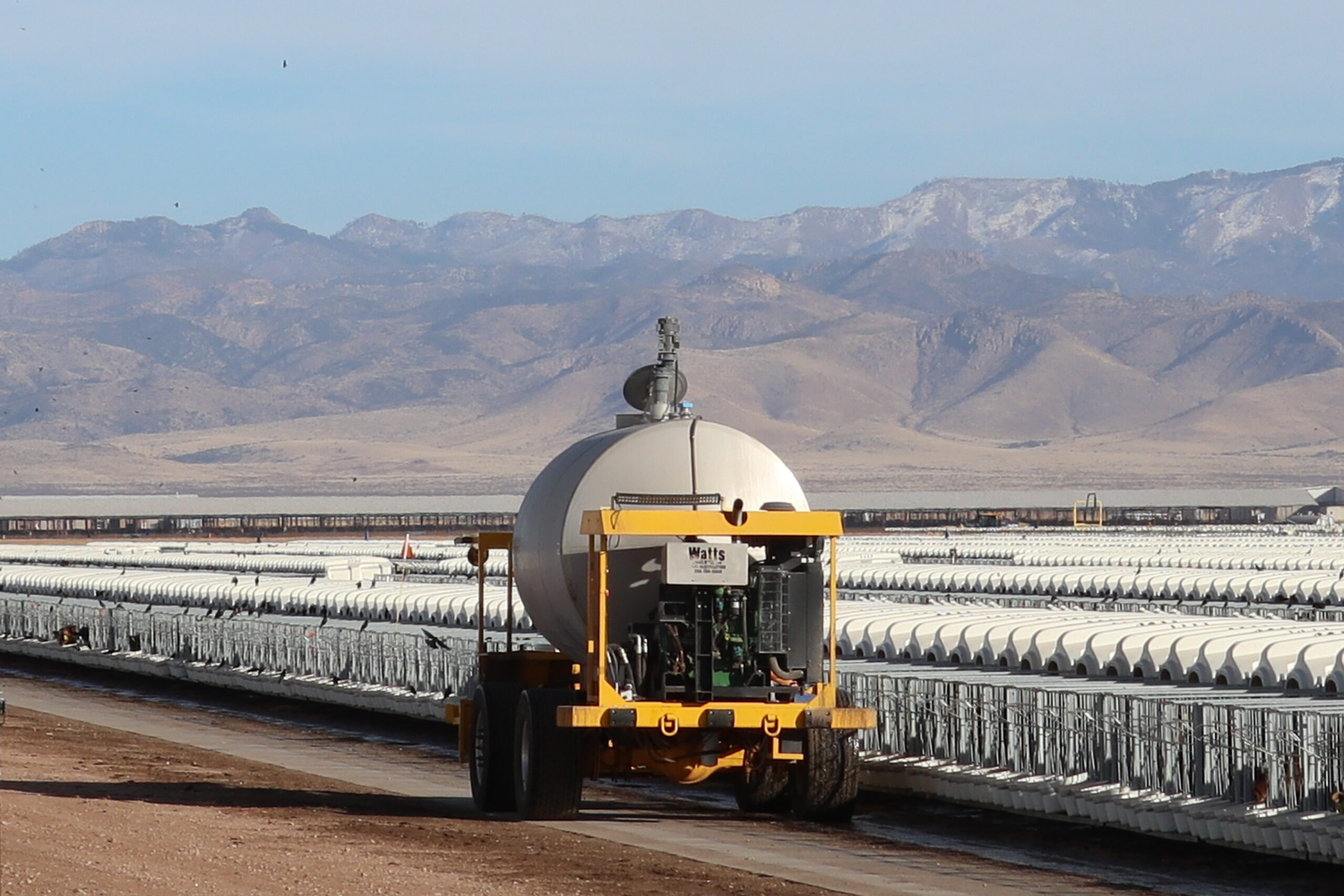
for fuel and electricity. Here calves are fed on one of the largest dairy livestock operations in the country in Cochise County, Arizona. (Photo/Keith Schneider)
Mammoth Incentives
The American Biogas Council, an industry trade group, counts 2,300 biodigesters in operation in the U.S. With tax credits in the new climate law, the council envisions 15,000 more to be installed, including nearly 8,600 on large dairy, hog, and poultry farms. The methane produced could be used by rural electric cooperatives, which also were awarded a $2 billion renewable energy loan and grant program.
But biodigesters don’t reduce the volume of waste. The same amount of liquid and solid manure that goes into biodigesters is returned as “digestate†that contains more concentrated forms of phosphorus and nitrogen to be spread on the land.
Digesters provide livestock farmers with a new source of revenue. The Biogas Council asserts that the extra cash will not increase the number of industrial livestock operations or their size. “That would mean that farms are buying cows to produce manure to put into the biogas system,†said Patrick Serfass, the council’s executive director. “ I guarantee you that no one is doing that.â€
But real world evidence suggests that biodigesters are a powerful incentive to increasing the number of animals, and the amount of manure managed by livestock operations. Last year, after Iowa enacted a new law that encouraged livestock operations to install biodigesters, five of the nine dairies awarded construction permits said they also would increase the size of their herds.
A third provision of the climate law directs generous tax incentives to carbon capture and sequestration, so-called CCS, to retrofit plants to collect carbon dioxide at up to $85 a ton and transport it to deep underground caverns for permanent disposal. The industry has identified dozens of ethanol plants in the Midwest for CCS retrofits, which provide another source of revenue to increase the number and size of corn-fed ethanol plants. The same tax incentives are compelling companies to install CCS units at ammonia plants, which convert natural gas to nitrogen used in commercial fertilizer. The number of ammonia plants also is increasing. Proposals to build CO2 pipelines to transport the gas are the focus of increasing civic opposition in the Dakotas, Illinois, Iowa, and Nebraska.
“Any other industry that creates this amount of pollution and represented this level of risk to public health would be heavily regulated,†said John Ikerd, professor emeritus of agricultural economics at the University of Missouri. “It’s part of what I call agricultural exceptionalism. No industry in the country is allowed to conduct itself this way.â€
This report was made possible by an investigative reporting fellowship awarded by the Alicia Patterson Foundation. A version of this article was co-published by The New Lede, The Guardian, and Circle of Blue on February 8, 2023.
— Keith Schneider

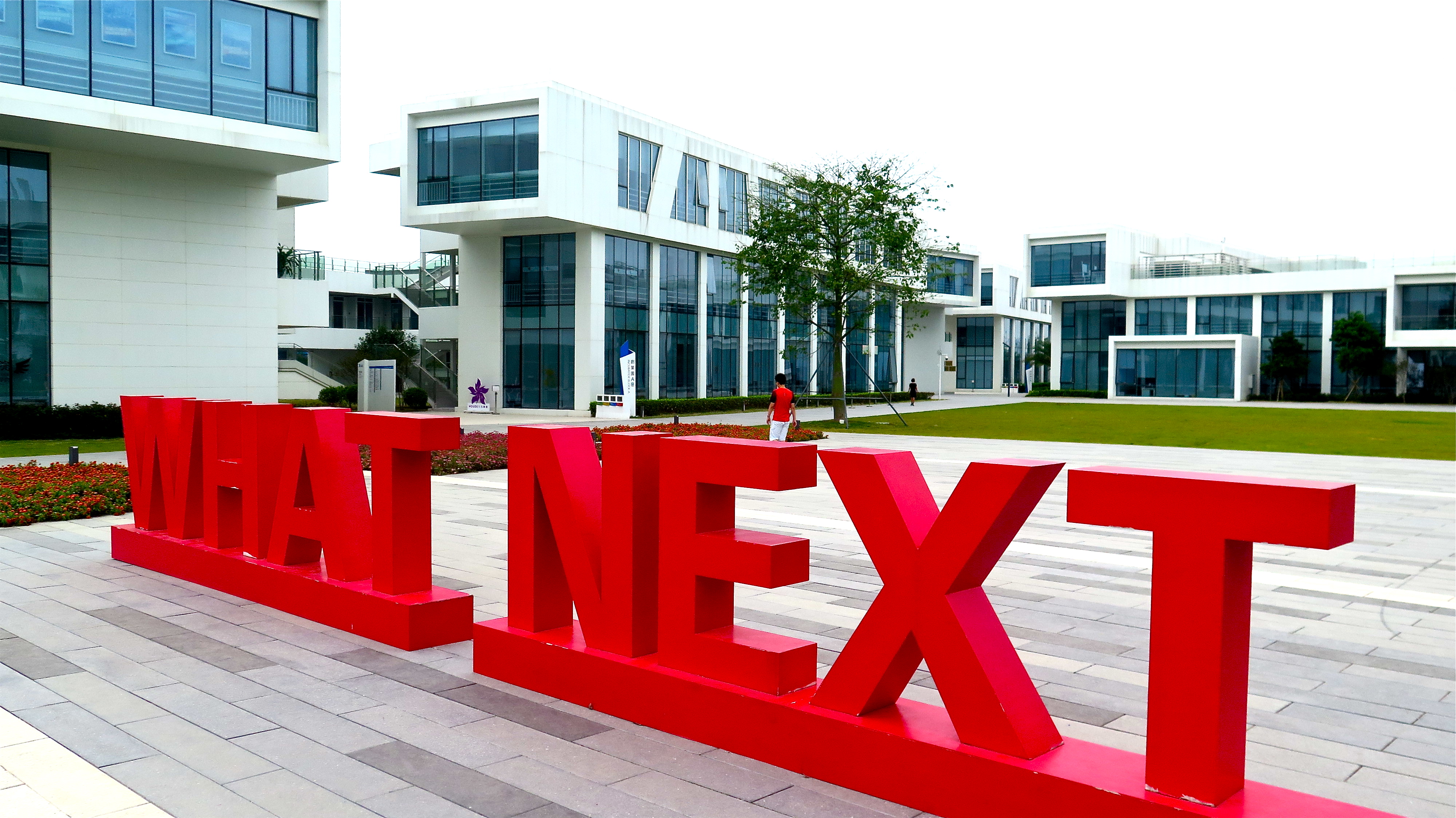
Thanks for the info, it helped me a lot. http://tupalo.com/en/nardaran/mostbetazsite